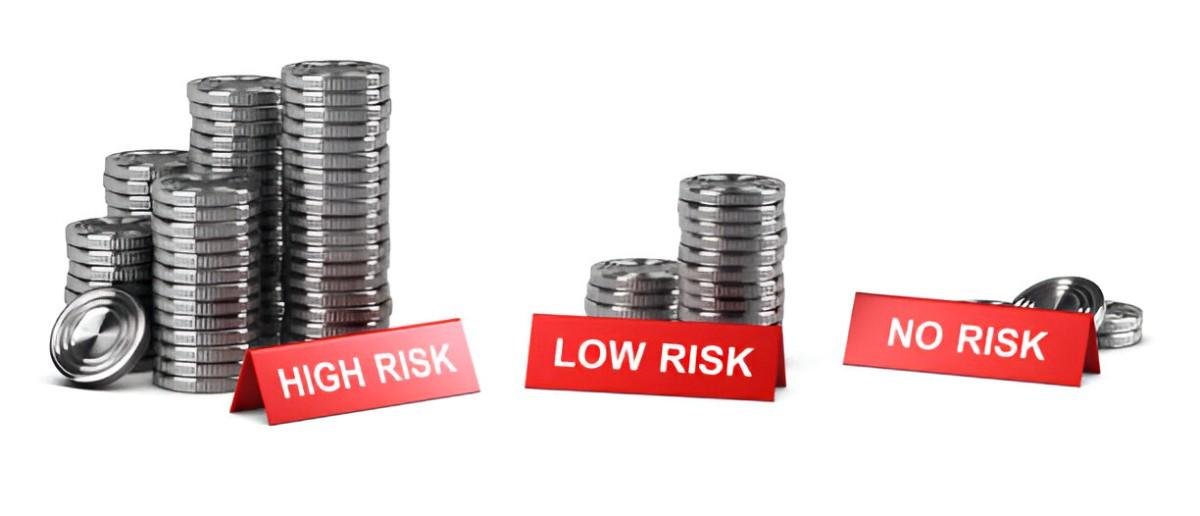As a financial advisor with over 15 years of experience, I’ve seen how market volatility can keep conservative investors awake at night. If you lose sleep worrying about your portfolio, you’re likely a perfect candidate for low-risk mutual funds. Today, I’ll share four exceptional options that prioritize capital preservation while still offering reasonable returns.
Table of Contents
Understanding Risk-Averse Investing
Risk-averse investors typically exhibit three key characteristics:
- Strong preference for stability over high returns
- Discomfort with double-digit portfolio fluctuations
- Need for reliable income with minimal volatility
The funds I recommend today address these needs through:
- High-quality bond holdings
- Blue-chip dividend stocks
- Historically stable performance
1. Vanguard Short-Term Treasury Fund (VFISX)
When clients ask for the safest possible investment that still beats inflation, I always start with VFISX. This fund invests exclusively in U.S. Treasury bills with 1-3 year maturities, making it ideal for money you might need in the near future.
Key Details:
- Current Yield: 4.2%
- Expense Ratio: 0.20%
- Minimum Investment: $3,000
- Risk Level: Extremely Low
What makes this fund special is its combination of safety and accessibility. While the yield won’t make you rich, it’s significantly better than most savings accounts with nearly identical risk. I recently helped a retired couple allocate their emergency fund here, giving them peace of mind while earning 4x what their bank offered.
2. Schwab Fundamental U.S. Large Company Index (SFLNX)
For investors who want some stock exposure but can’t stomach typical market swings, SFLNX offers an elegant solution. It tracks an index of financially stable, low-debt companies that have weathered multiple market cycles.
Performance Highlights:
- 5-Year Standard Deviation: 14.3% (vs. 17.2% for S&P 500)
- Dividend Yield: 2.1%
- Top Holdings: JNJ, PG, KO
- Expense Ratio: 0.25%
In my practice, I’ve found this fund particularly valuable for retirees who need modest growth to offset inflation but can’t afford significant drawdowns. The focus on companies with strong balance sheets provides an extra layer of protection during turbulent markets.
3. Fidelity U.S. Bond Index Fund (FXNAX)
Bonds form the bedrock of any conservative portfolio, and FXNAX represents one of the best options available. With over 3,000 holdings of U.S. Treasuries and investment-grade bonds, it offers instant diversification at rock-bottom costs.
Why I Recommend It:
- Near-zero default risk
- 0.03% expense ratio (just $3 annually per $10,000 invested)
- 4.0% current yield
- Daily liquidity
One client case stands out: A 55-year-old transitioning to retirement moved 40% of her portfolio into FXNAX, reducing her overall volatility while maintaining a respectable income stream. The fund’s stability helped her sleep better while still participating in market gains through her remaining stock holdings.
4. Vanguard Wellesley Income Fund (VWINX)
With a remarkable 50+ year track record, Wellesley represents the gold standard for conservative balanced funds. Its 35/65 stock/bond mix has delivered steady returns through every market environment since 1970.
Notable Features:
- Worst Calendar Year Loss: -9.8% (2022)
- Average Annual Return: 6.5% (10-year)
- Dividend Yield: 2.9%
- Expense Ratio: 0.23%
I often use this fund as a core holding for retirees who need reliable monthly income. The active management team at Wellington has consistently demonstrated skill in navigating market cycles while maintaining the fund’s conservative profile.
Constructing Your Portfolio
Based on your specific risk tolerance, consider these allocation models:
Ultra-Conservative Mix:
- 50% VFISX
- 30% FXNAX
- 20% VWINX
Moderate Conservative Mix:
- 40% FXNAX
- 30% SFLNX
- 30% VWINX
Retirement Income Mix:
- 50% VWINX
- 30% FXNAX
- 20% VFISX
Important Considerations
While these funds offer relative safety, remember:
- Inflation Risk: Very conservative portfolios may not keep pace with rising costs over decades
- Interest Rate Sensitivity: Bond funds lose value when rates rise (though short-term funds like VFISX are least affected)
- Opportunity Cost: You’re trading potential higher returns for stability
Final Thoughts
Building a low-risk portfolio doesn’t mean settling for negligible returns. The four funds I’ve highlighted offer varying degrees of safety while still providing meaningful income and growth potential. As always, the right mix depends on your individual circumstances, time horizon, and financial goals.





